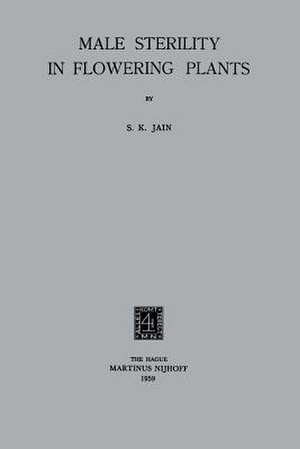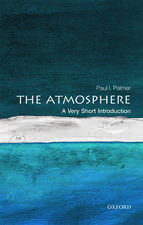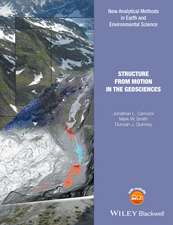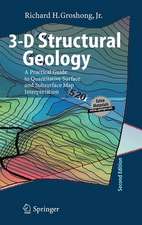Male Sterility in Flowering Plants
Autor S. K. Jainen Limba Engleză Paperback – 1959
Preț: 375.23 lei
Nou
Puncte Express: 563
Preț estimativ în valută:
71.80€ • 75.12$ • 59.64£
71.80€ • 75.12$ • 59.64£
Carte tipărită la comandă
Livrare economică 02-16 aprilie
Preluare comenzi: 021 569.72.76
Specificații
ISBN-13: 9789401516853
ISBN-10: 9401516855
Pagini: 72
Ilustrații: II, 70 p. 1 illus.
Dimensiuni: 155 x 235 x 4 mm
Greutate: 0.11 kg
Ediția:1959
Editura: SPRINGER NETHERLANDS
Colecția Springer
Locul publicării:Dordrecht, Netherlands
ISBN-10: 9401516855
Pagini: 72
Ilustrații: II, 70 p. 1 illus.
Dimensiuni: 155 x 235 x 4 mm
Greutate: 0.11 kg
Ediția:1959
Editura: SPRINGER NETHERLANDS
Colecția Springer
Locul publicării:Dordrecht, Netherlands
Public țintă
ResearchCuprins
I. Introduction.- II. Definition and some general features.- III. Modes of origin.- IV. Types of male sterility.- V. Inheritance.- VI. Mode of expression.- VII. Induction experiments.- VIII. Utilization in plant breeding.- IX. Evolutionary significance.- Acknowledgement.- References.










